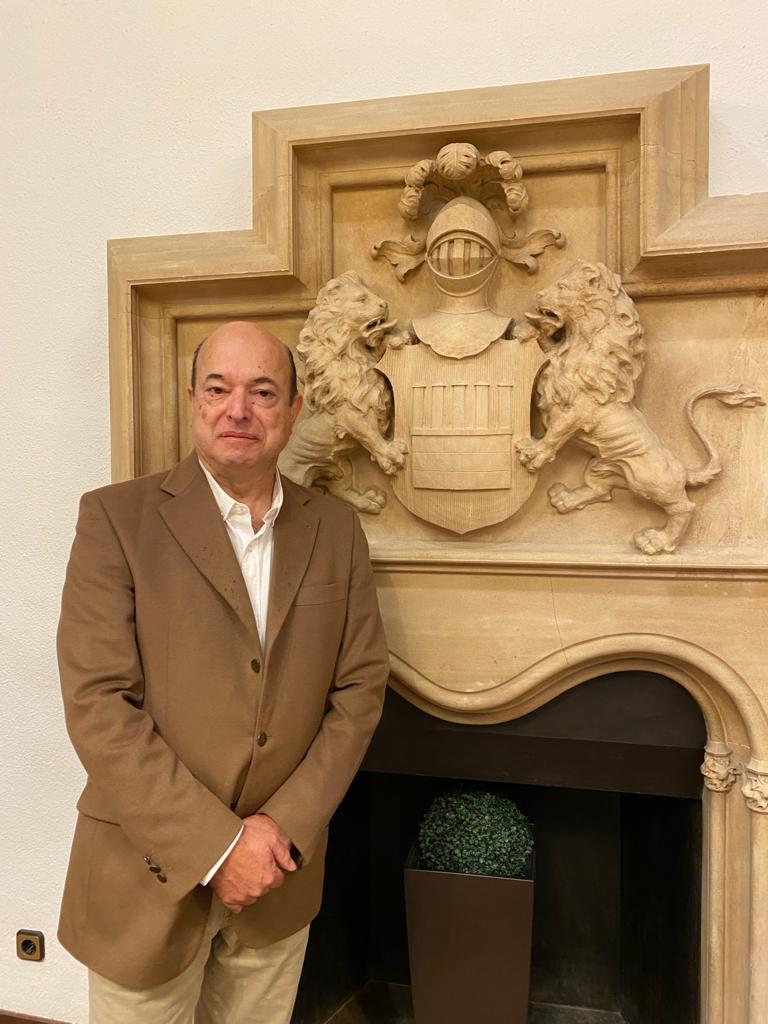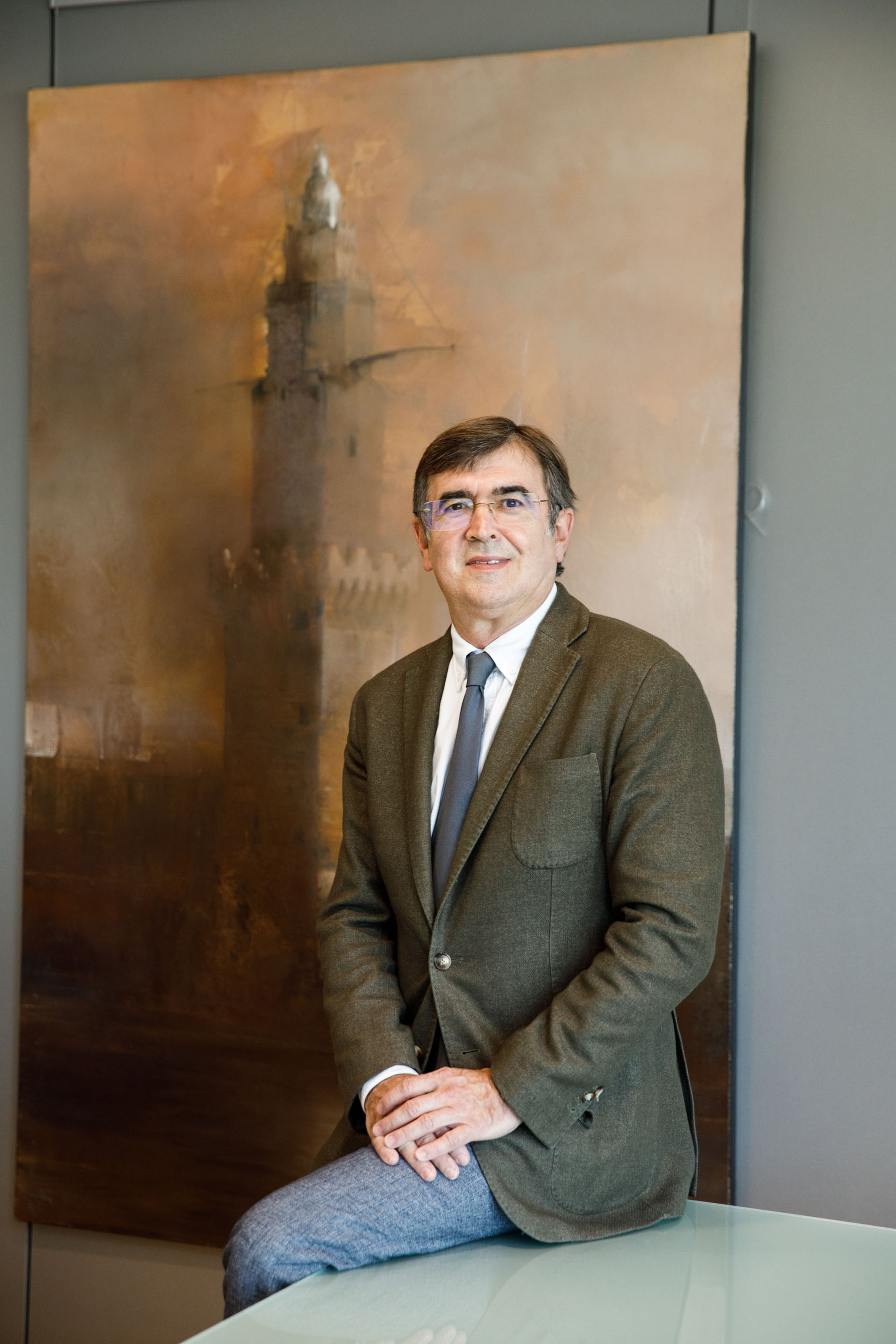

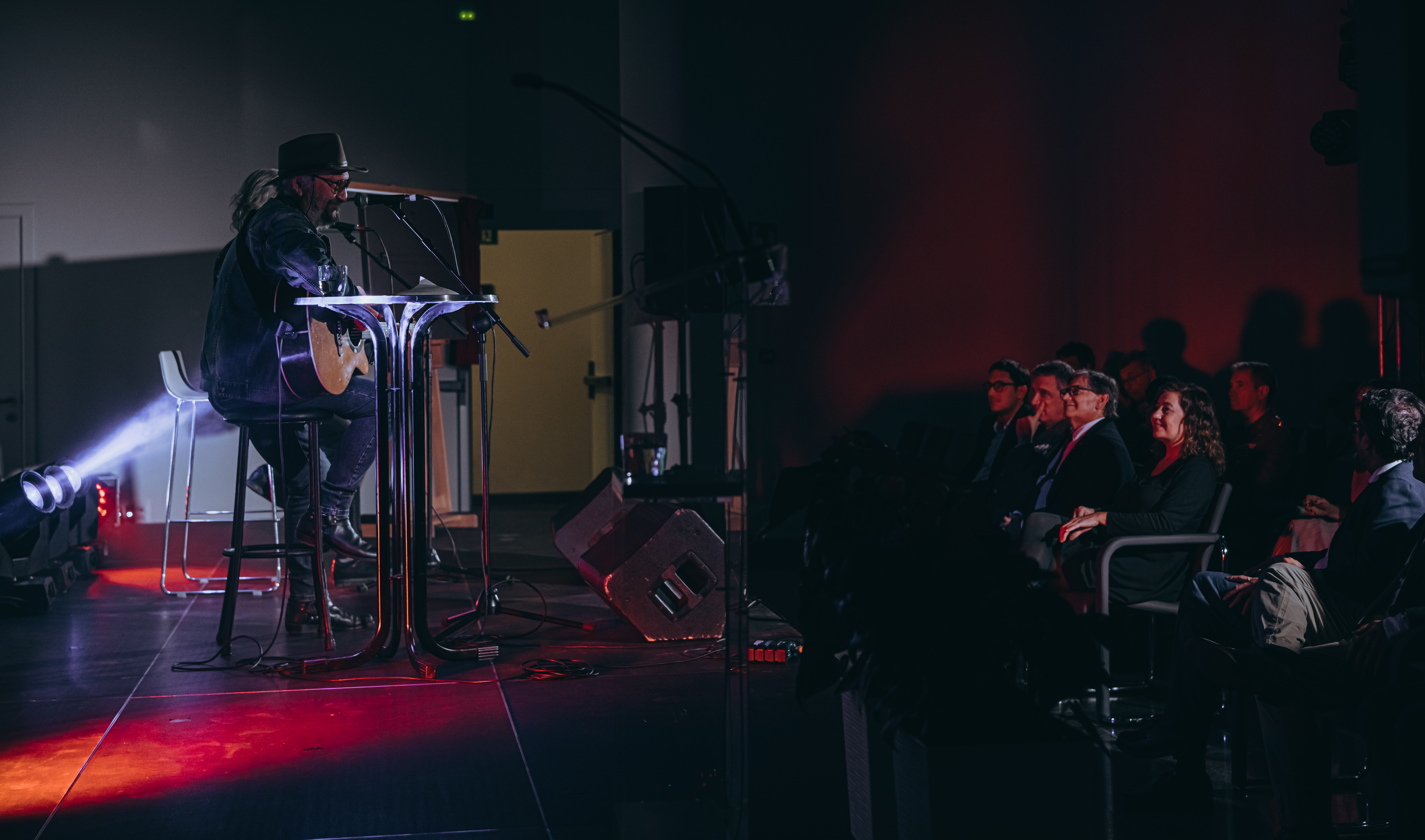
The APB brings its 150th anniversary to a close with an institutional event at the Port Centre
24/02/2023- 150th anniversary
- History
- Port-city
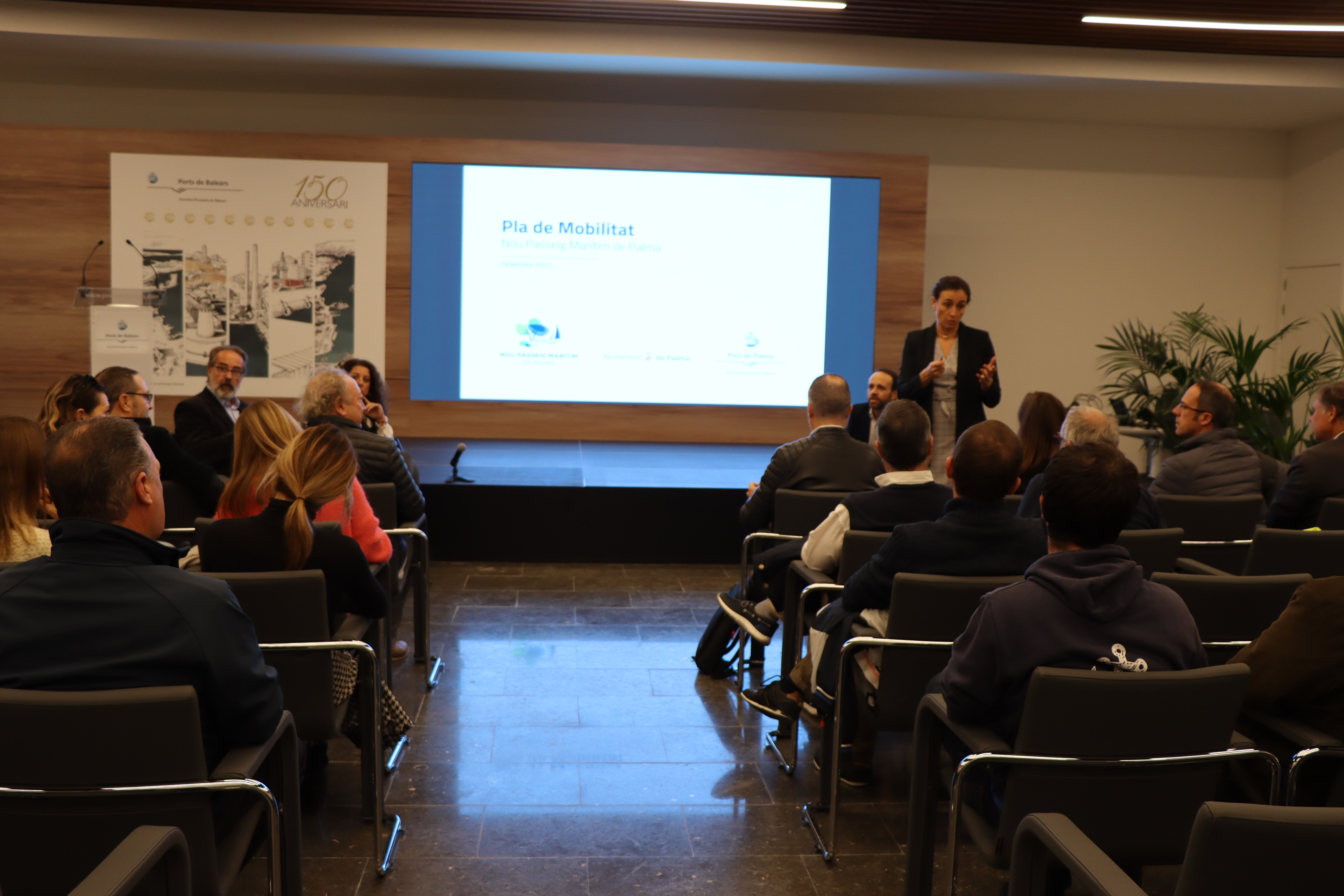
- Port-city
- Transport and infrastructure
- Socio-economic development
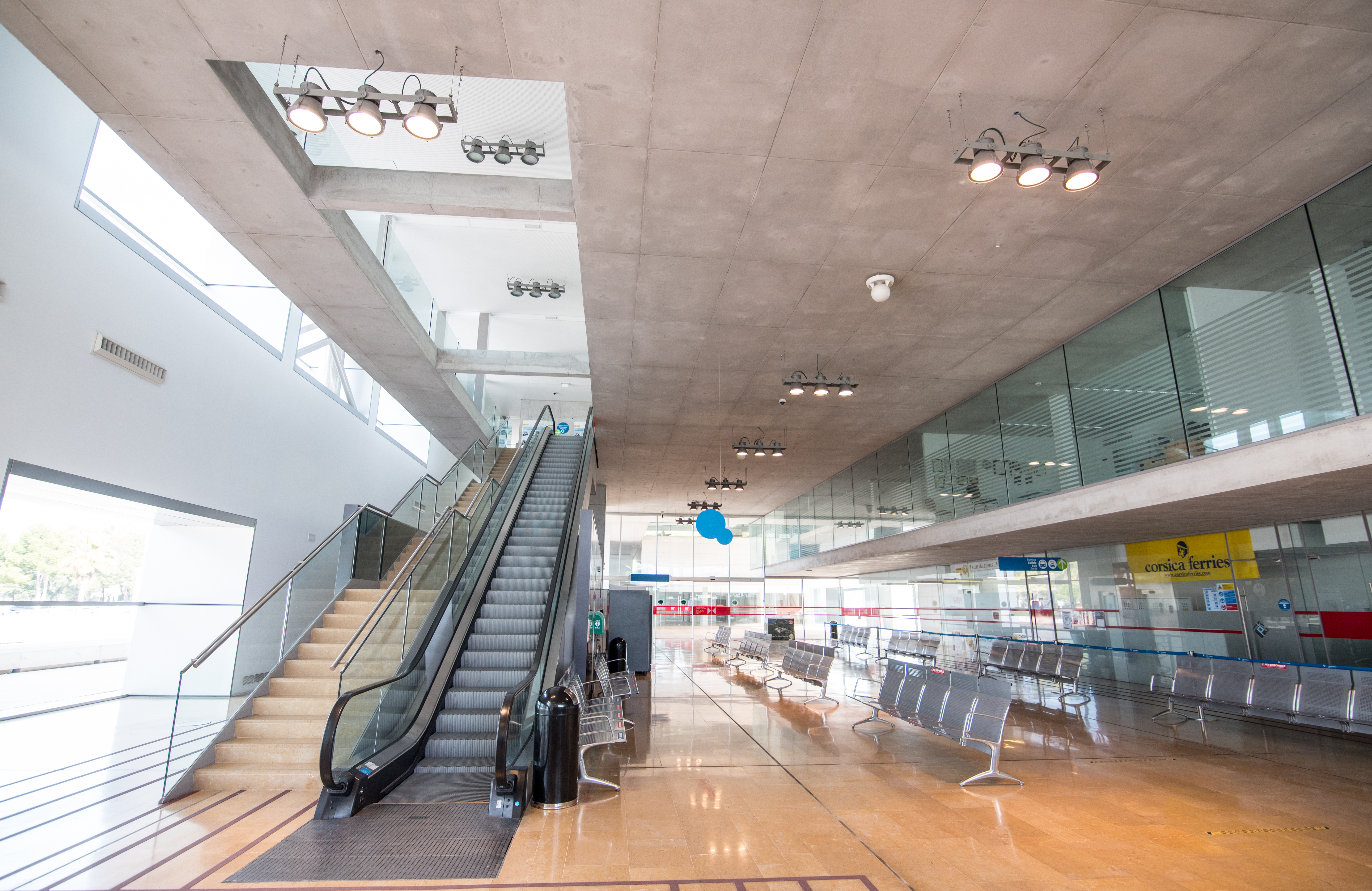
Estrella Rental Houses will manage the bar-restaurant of the Maritime Station of the port of Alcúdia
24/02/2023- Transport and infrastructure
- Socio-economic development
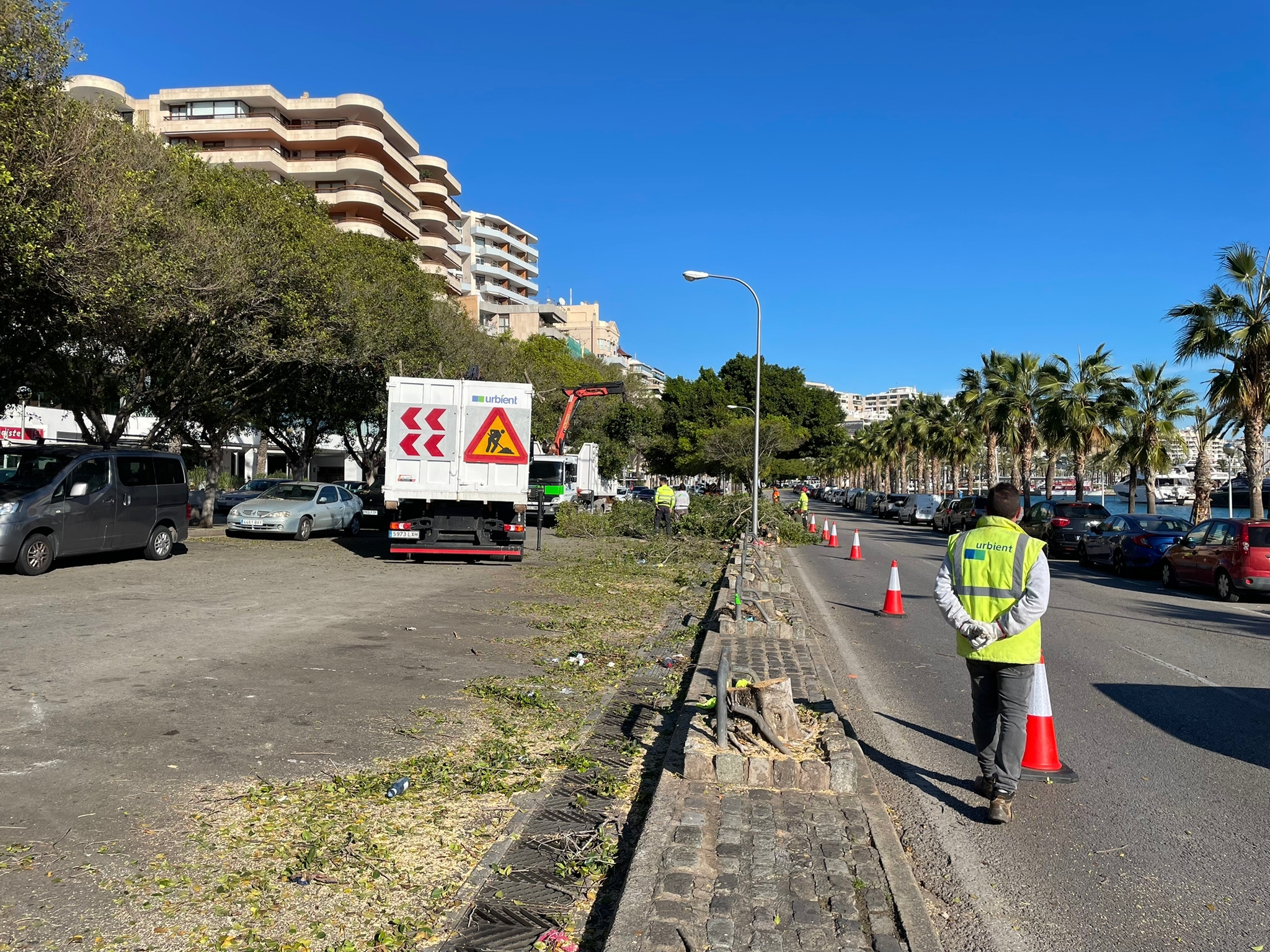
- Port-city
- Transport and infrastructure
- Socio-economic development
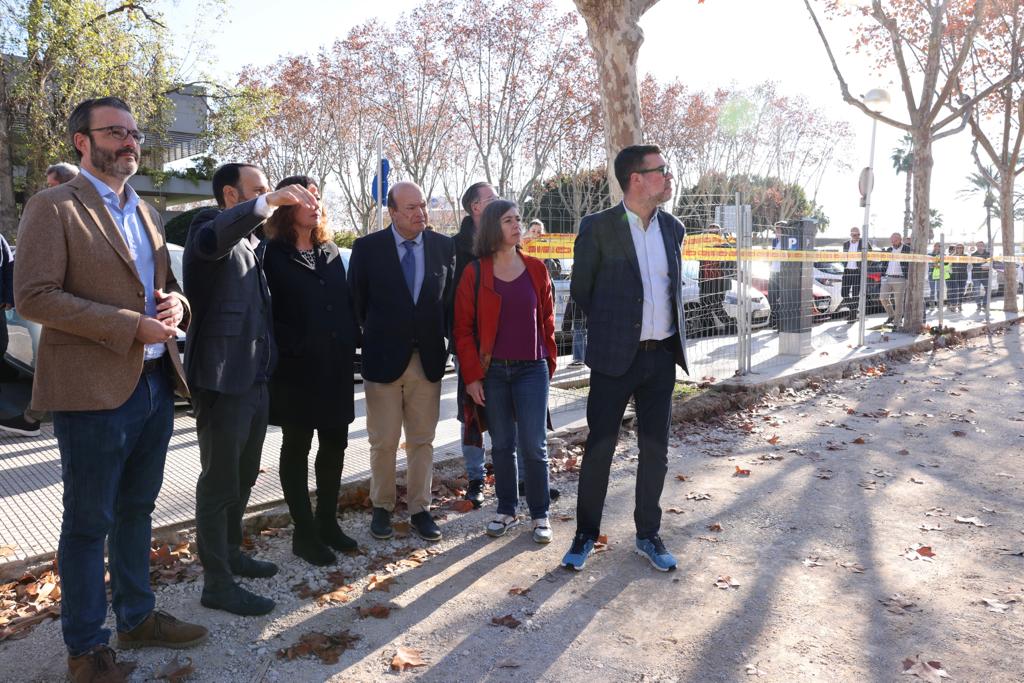
- Port-city
- Transport and infrastructure
- Socio-economic development
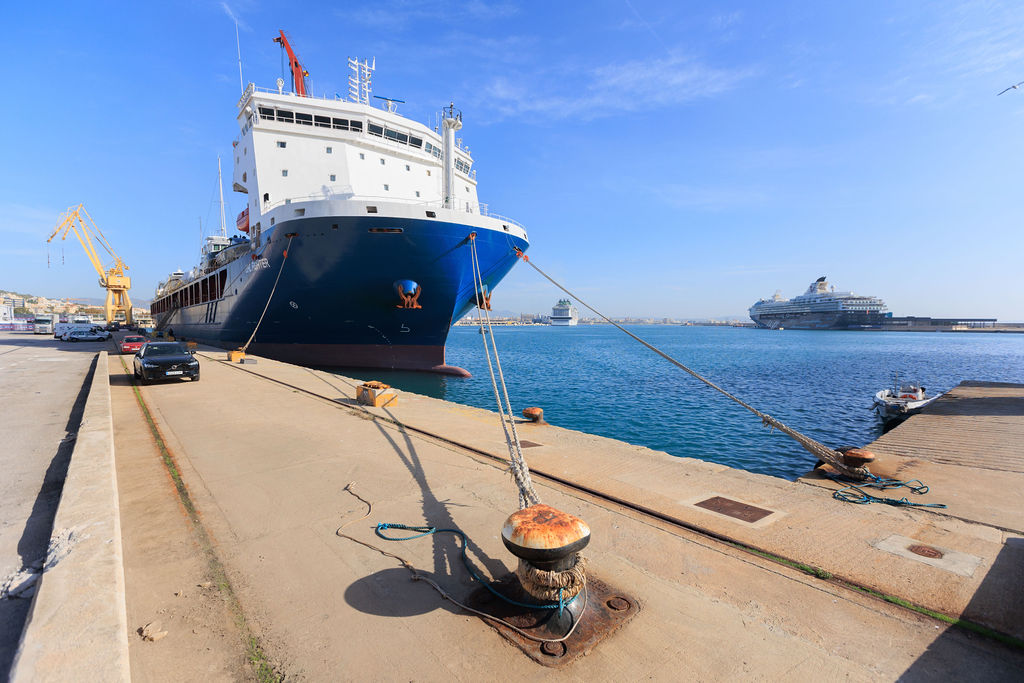
- Transport and infrastructure
- Socio-economic development
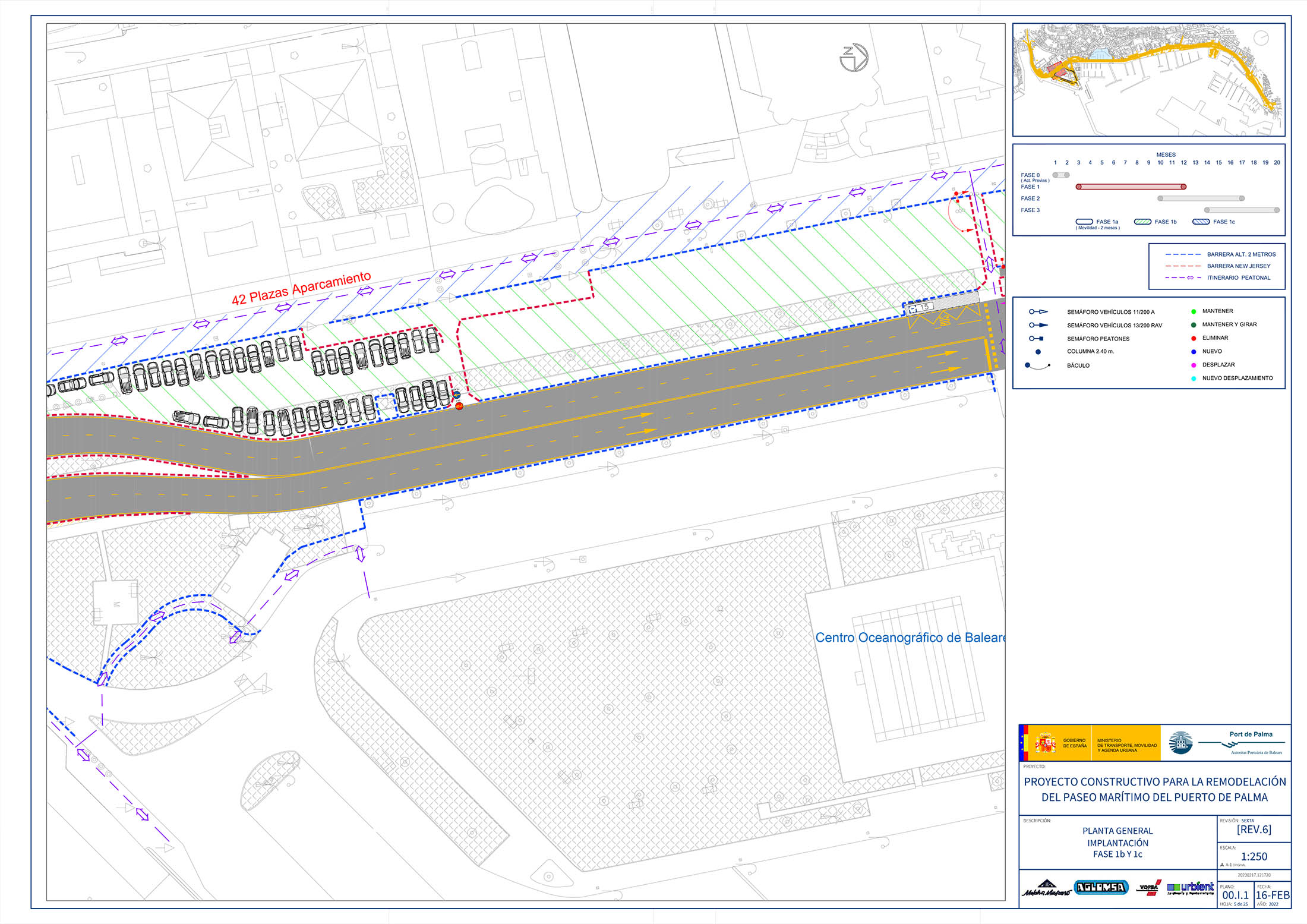
- Port-city
- Transport and infrastructure
- Socio-economic development
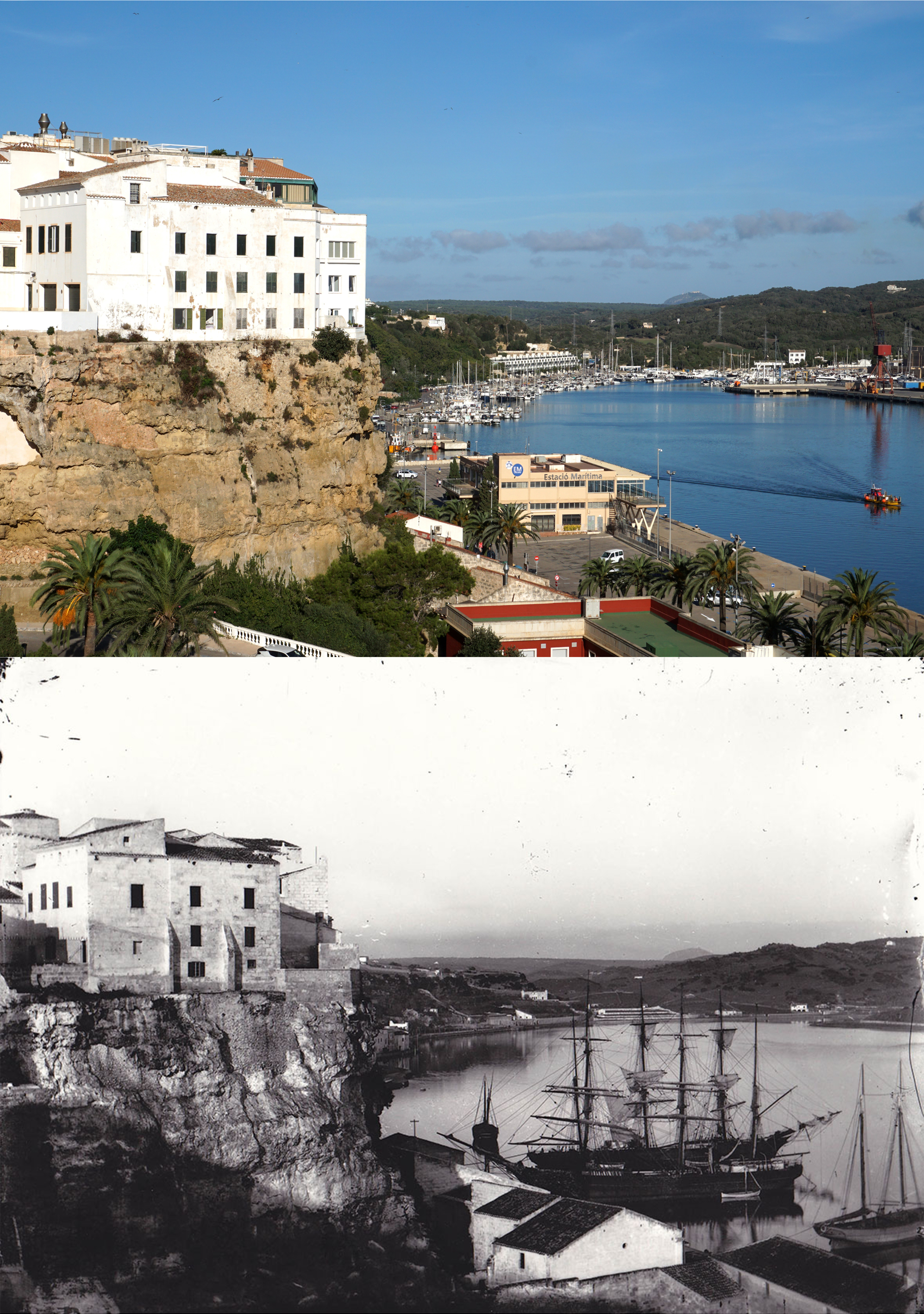
- 150th anniversary
- Port-city
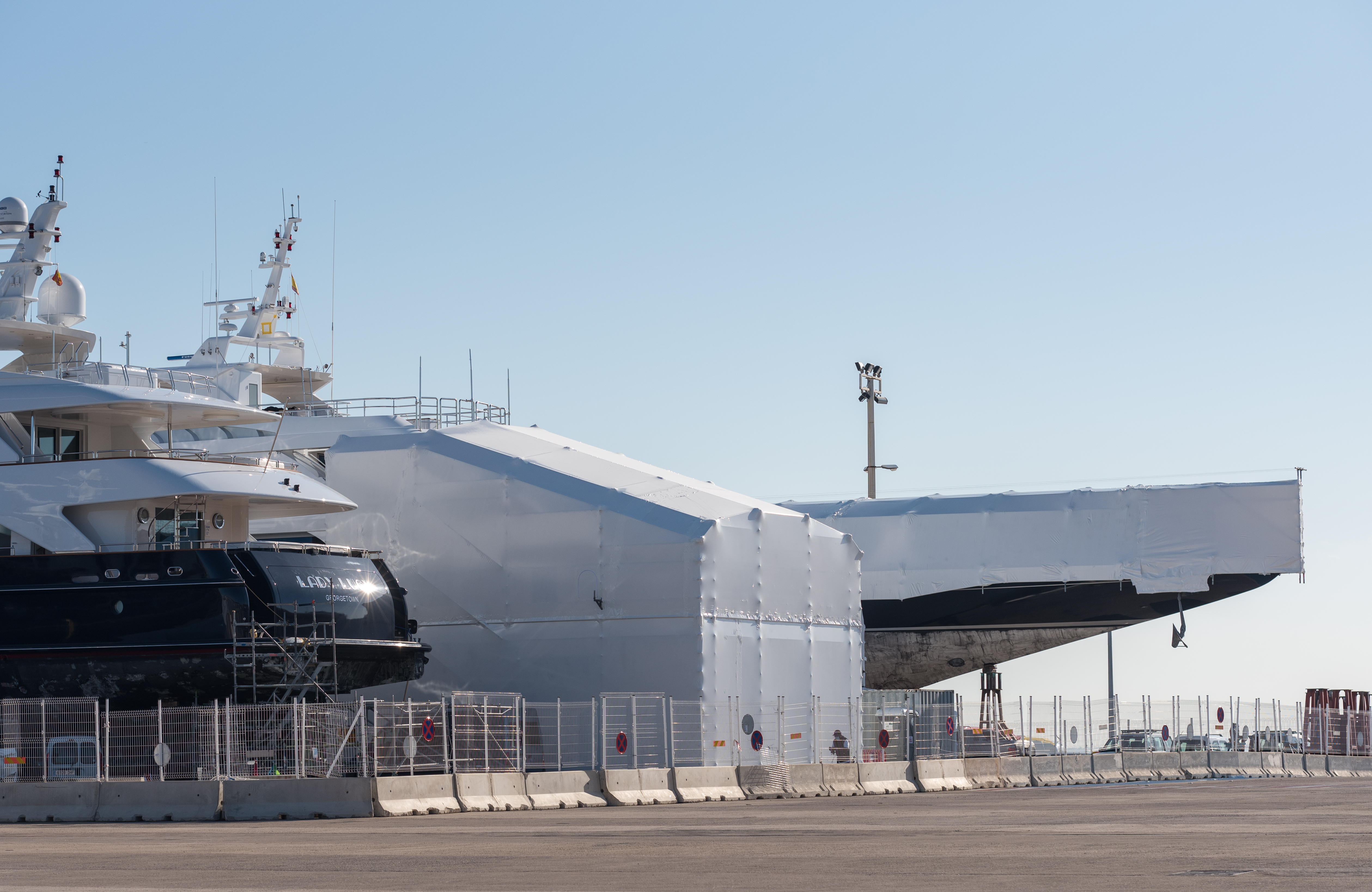
- Environment and CSR
- Technology and innovation
- Transport and infrastructure
- Socio-economic development
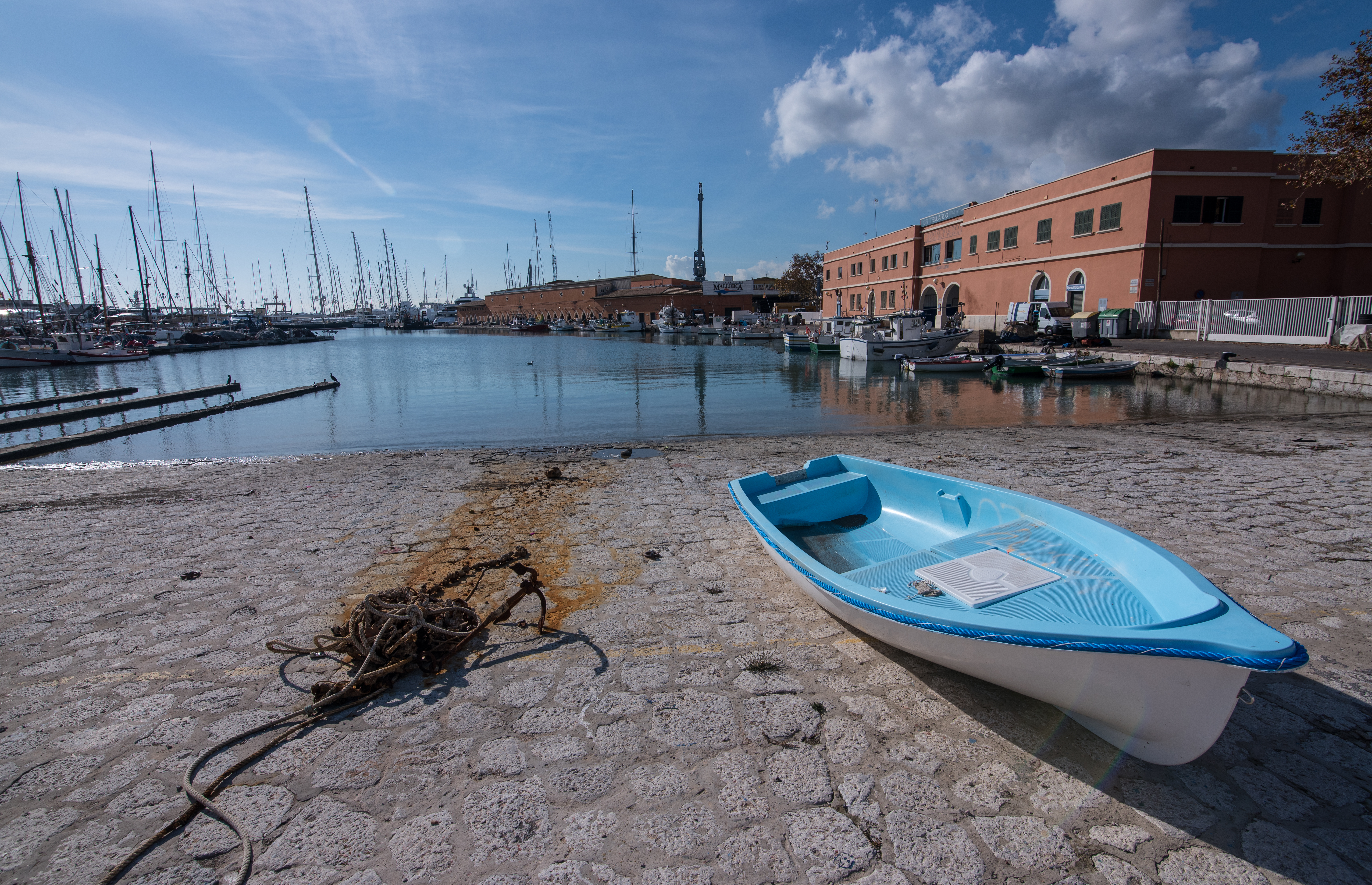
- Environment and CSR
- Port-city
- Transport and infrastructure


